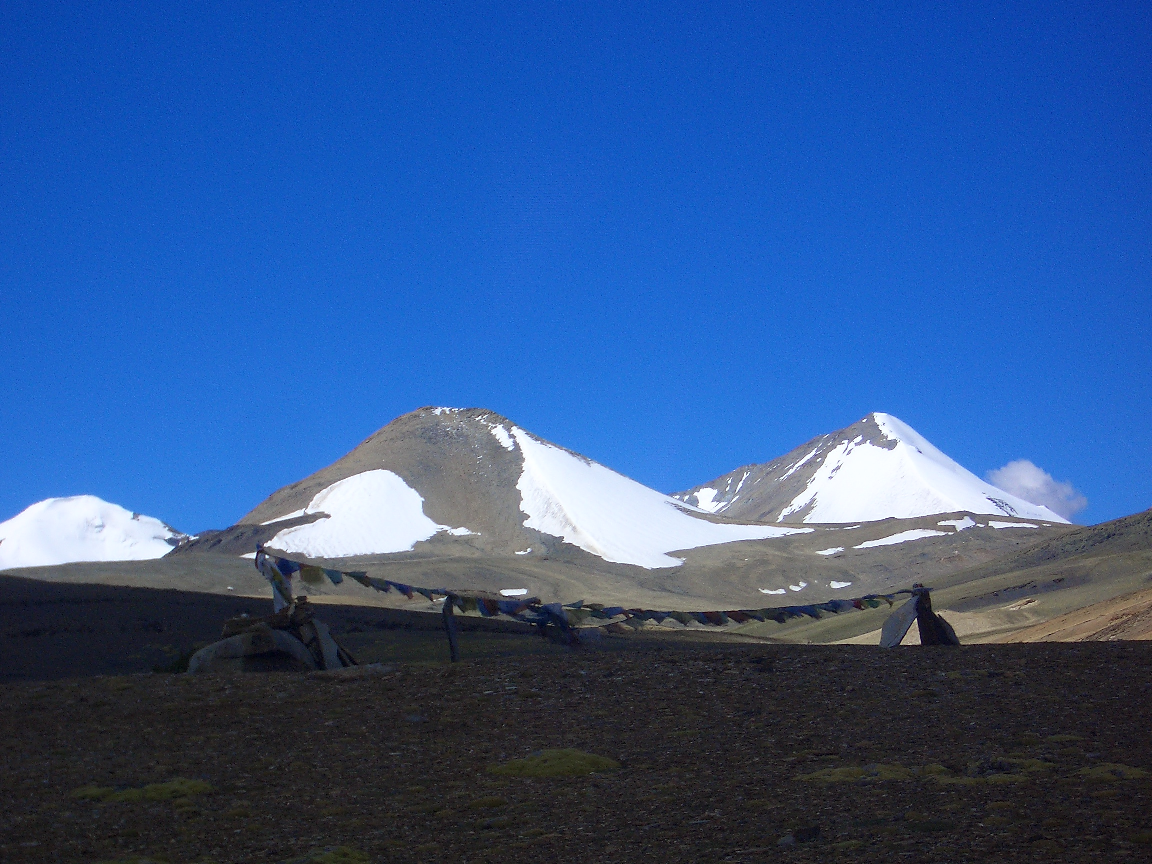
Tourism as the fastest growing industry has touched every part of the globe, and the HIMALAYA is no exception. The HIMALAYA get visitors in such volume that in several places, roads and campsites have become part of the landscape, wildlife has been chased away into areas from their natural habitat and the food-chain and ecosystem have been seriously disrupted.
Whoever thought that the mighty mountains that form formidable frontiers would need protection? Trekking and Mountaineering Associations, Nature Conservationists and Tourism Boards need to regularly hold workshops, training programs, clean-up drives. We TSOMORI TOURS & TRAVELS feel a responsibility own our part to help people in educating about ENVIRONMENTAL EDUCATION. It is the responsibility of the tourists and those who promote tourism to ensure the preservation of natural environment and ancient culture by following certain guide lines.

Human needs have to be balance with the environment on a sustainable basis by ensuring maximum community participation through a process which people are both the principal actors and beneficiaries. Tourists themselves also have to be educated on what effect they have on the place they have chosen to visit and this is no mean task.
The impact of climate change makes it even more urgent to initiate an integrated approach to protect and conserve these highly fragile ecosystems. In Ladakh, India; WWF aimed to establish a model field project in this region to get experience in this sparsely populated area. Ladakh—part of the state of Jammu and Kashmir—is about 98,000 km2 in size, with unique spaces and species, and is one of the several Tibetan Plateau eco-regions among WWF's "The Global 200." It is home to about 700 plant species, 285 of which are used in traditional Tibetan medicine. The most spectacular of the endangered mammals here is the snow leopard. About 225 species of birds have been identified in the region. WWF recently recorded 15 breeding pairs of black-necked cranes around wetlands. Threats to these ecosystems include tourism, excessive grazing, poorly planned development activities, and activities related to security forces. WWF is currently concentrating on the Changthang subdivision, which is about 21,000 km2 .
The project in the Ladakh region is now well established, with a good institutional base at Leh and a field office at the Tso Moriri lake. Involvement of stakeholders the main approach of the project is to involve all stakeholders: the local community, religious leaders, security forces, political leaders, the tourism industry, state government institutions, etc. WWF is facilitating this process by bringing all these stakeholders together to engage in dialogue and take appropriate steps—from simple site-based interventions to policy-level changes—to conserve and protect these unique sites.